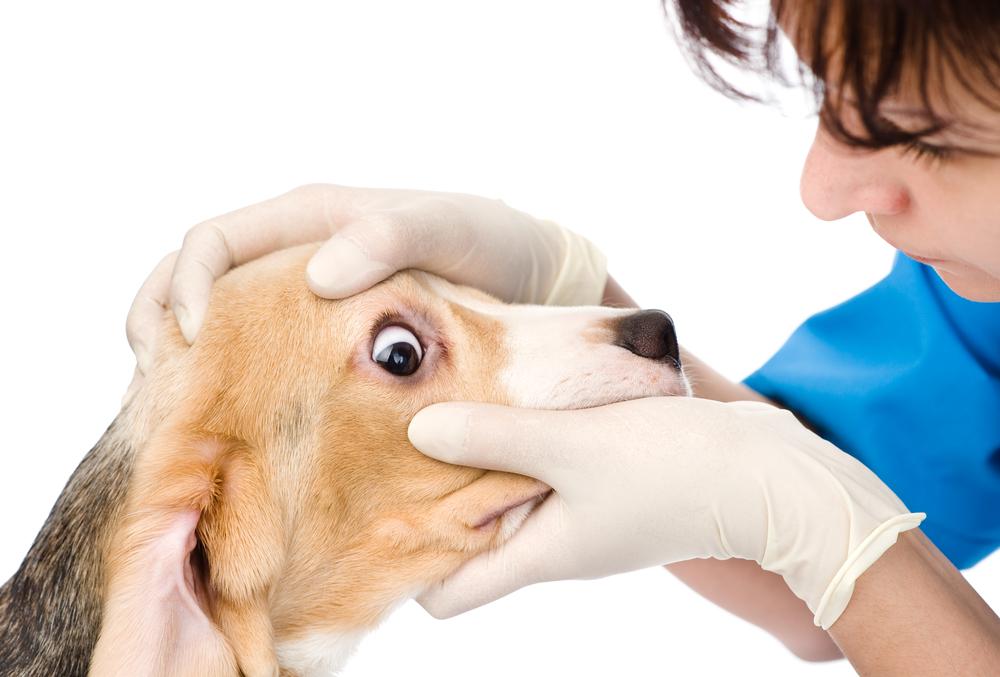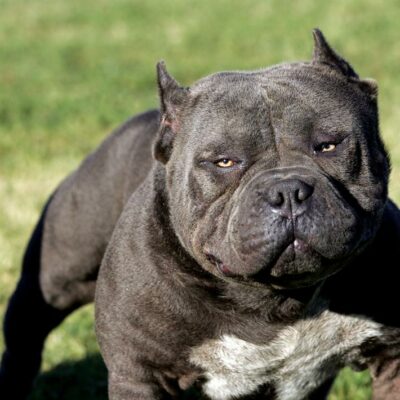
Different signs to detect tooth infection in your dog
Identifying signs of a tooth infection in the dog at your home can be tricky, and it’s important to keep its dental health up to the mark. Unlike humans, dogs don’t have their teeth brushed very frequently, but it is important to ensure their teeth and gums are healthy.
Bacteria in the teeth accumulate over time and cause diseases that can spread to key organs like the heart, lungs, or kidneys. There are many telltale signs of the tooth infection in a dog that can be prevented and treated timely, if you know what to look for.
Common signs of dental infection in dogs
Bad Odor
Bad breath is one of the most common symptoms of diseases like gingivitis or other forms of tooth infection. If you notice bad breath in your dog’s mouth (a highly acrid or sour odor), it is likely there is some form of infection forming inside. You can also consult a vet for further treatment.
Difficulty while chewing
The dog chewing food on one side or dropping food while chewing are classic symptoms of dental problems. Also the dog may pull out when you touch its head or snout.
Swollen and painful jaws
You should also make it a point to check your dog’s gums now and then. One of the common signs of a tooth infection in a dog is inflamed gums. It is usually caused due to bacteria forming in the mouth or food being left in the mouth for too long. It can lead to degeneration of the bones near its mouth, thereby resulting in the formation of abscesses. Plaque and swollen jaws are also a result of infections in your dog’s mouth, and you should seek medical help immediately.
Other symptoms
Other not too visible signs of a tooth infection in a dog include continuous sneezing and nasal discharge. If you notice either of these signs, you should take a good look at your dog’s mouth and try to find signs of infected teeth or gums.
What can you do about dental infection?
Veterinary dental cleaning is recommended on a frequent basis if you notice any of the symptoms discussed above. Request a blood screen if you notice any of the above symptoms to identify any possible organ problems that may be persisting in your dog. These problems are more likely to develop as your dog ages or happen to have a chronic diagnosed illness.
If your dog has had any teeth pulled out, proper dental care is important to make sure food is not stuck for long periods of time, and its teeth and gums are always cleaned. After any treatment of the gums or teeth, use antibiotic washes to clean your dog’s mouth on a regular basis. This will help clear out any bacteria formation. Attending to the dental problems as soon as the signs are noticed will give less pain to your dog and, of course, you.
Interested in more articles about Pet Medicine ? Explore them here. Keep yourself updated with fresh content by liking us on Facebook or subscribing to our Newsletter.
Do pictures of adorable dogs and cats make your day as much as it does ours? Follow us on Instagram .


